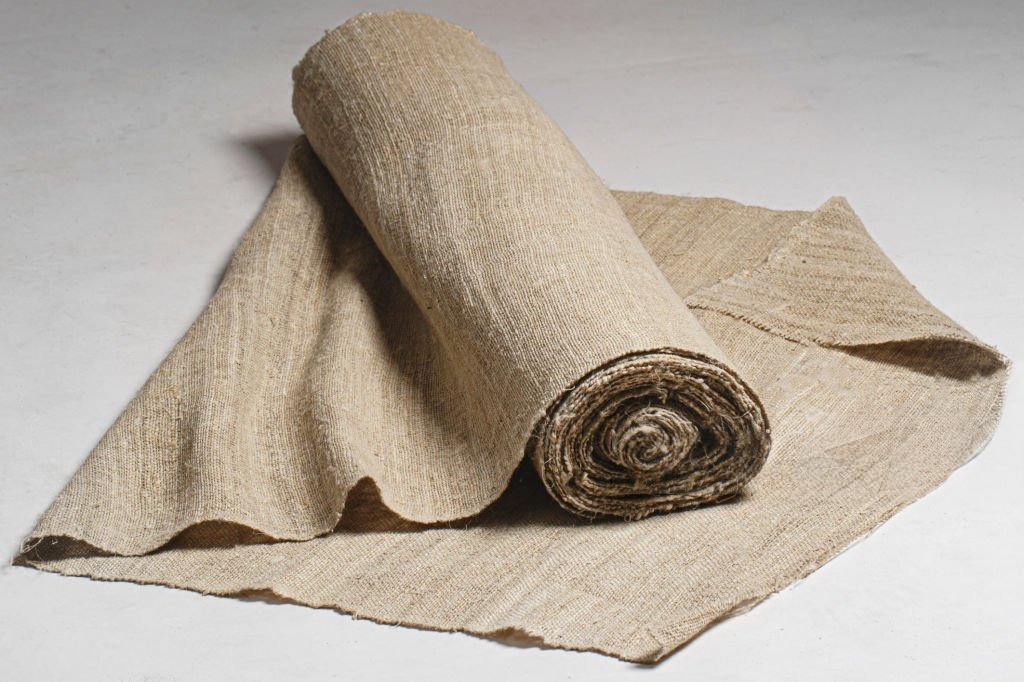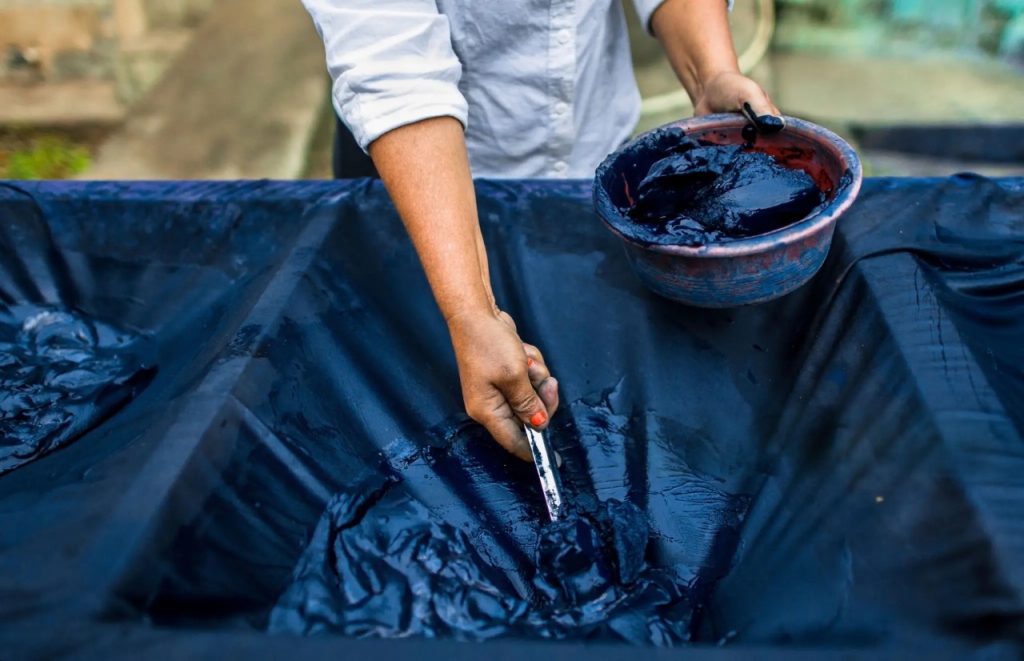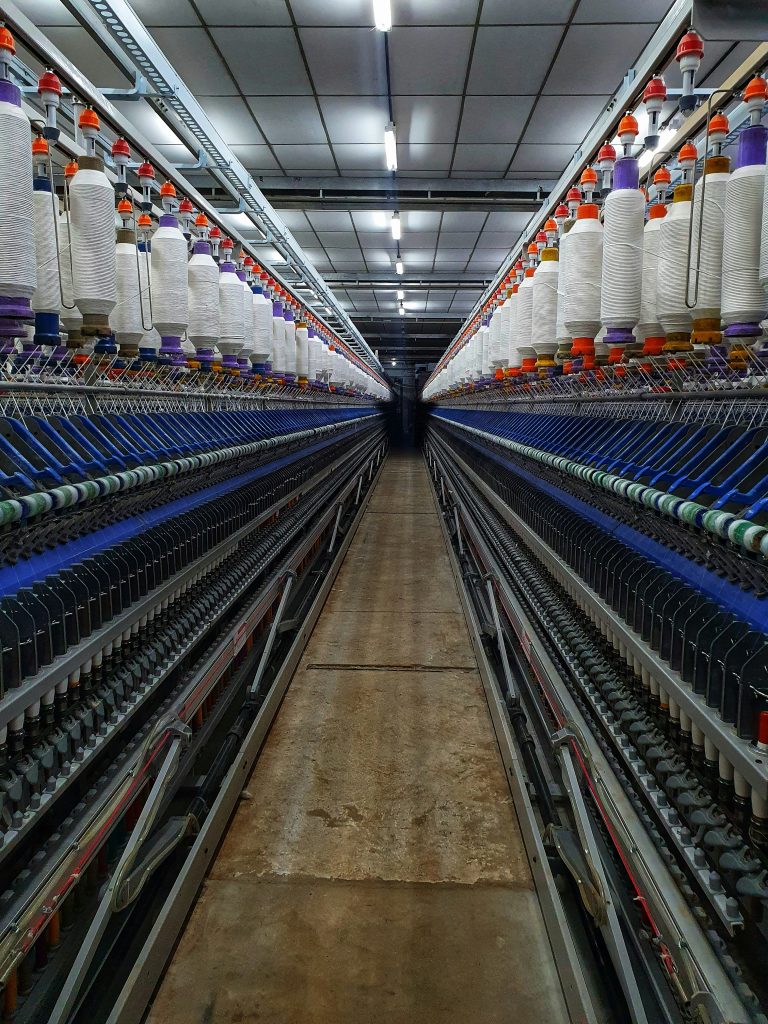Green Fashion: How to Integrate Eco-Friendly Fabrics into Women’s Apparel Designs
Sustainability is no longer a niche concept in the fashion industry—it is becoming a global standard. According to McKinsey & Company’s 2022 State of Fashion report, 67% of consumers now consider the use of sustainable materials an important factor in their purchasing decisions, and over 50% are willing to pay more for eco-friendly products.
At D&J Fashion, as a women’s fashion manufacturer with years of experience in OEM and ODM production, we are committed to integrating sustainable fabrics into apparel designs, helping brands create collections that are both stylish and environmentally responsible.
Creative Design with Eco-Friendly Fabrics
- Design Flexibility
Eco-friendly textiles open up new design possibilities. For instance:
Bamboo fabric offers a silky, breathable texture with natural antibacterial properties.
Hemp fabric provides a rustic aesthetic, exceptional durability, and requires 50% less water compared to conventional cotton (Textile Exchange, 2021).
Organic cotton avoids harmful pesticides and reduces water usage by 91% compared to traditional cotton farming (WWF, 2022).
These fabrics allow designers to experiment with textures, drapes, and finishes while maintaining both comfort and style.

- Fashion-Forward Appeal
Eco-conscious consumers increasingly value garments that “look” sustainable. Recycled polyester (rPET), for example, gives fabrics a distinctive finish and reduces carbon emissions by 32% compared to virgin polyester(Textile Exchange, 2022). Such materials not only enhance sustainability but also create a marketable point of difference for fashion-forward collections.
Consumer Demands and Design Trends
- Rising Demand for Sustainable Products
A 2023 NielsenIQ survey showed that 78% of global consumers feel that sustainability is important, with Gen Z and Millennials driving the shift.
In fashion specifically, the resale and second-hand apparel market—driven largely by sustainability concerns—is expected to reach $350 billion globally by 2030 (ThredUp Resale Report, 2023).
This data confirms that consumers are actively rewarding brands that prioritize sustainable fabrics.
- Design Evolution for Eco-Friendly Fashion
Designers today must align creativity with sustainability. For example:
Using low-impact dyes reduces water usage by up to 80% compared to conventional dyeing processes.
Incorporating plant-based or biodegradable trims (e.g., corozo buttons, organic cotton labels) reduces waste in the garment life cycle.
These choices allow designers to meet sustainability goals without compromising on aesthetics.

D&J Fashion’s Commitment
At D&J Fashion, we believe sustainable fabrics are not a limitation—they are an opportunity for innovation. By integrating eco-friendly textiles into women’s apparel:
- Brands can differentiate themselves in competitive markets,
- Reduce their environmental footprint,
- And appeal to a growing segment of eco-conscious consumers worldwide.
As a global women’s fashion manufacturer with OEM/ODM capabilities, we help brands merge design creativity, sustainable fabrics, and efficient supply chain solutions into collections that embody both fashion and responsibility.
Sustainability in women’s apparel is no longer optional—it is the future. By choosing eco-friendly fabrics and innovative design practices, brands can create collections that align with consumer demand while supporting long-term environmental goals. At D&J Fashion, we are ready to partner with you to build that future.
blo082025-01
Google: D&J Fashion Manufacturer
Leave us a Google Review
Facebook: dnjfashionofficial
Instagram: dnj_fashion_official
Linkedin: D&J Garment Manufacturing and Supply Chain
Pinterest: dnjfashion
Youtube: @dnjfashion_official
Tik Tok: @dnj_fashion

